As the Spring Festival approaches, many people begin preparing for the holiday, and Phalaenopsis orchids, with their butterfly-like flowers, are a popular choice among flower enthusiasts. However, once you bring them home, you will inevitably face the cycle of blooming and fading. So, how should we properly handle the fading flowers of Phalaenopsis orchids? And how can we ensure their healthy growth?
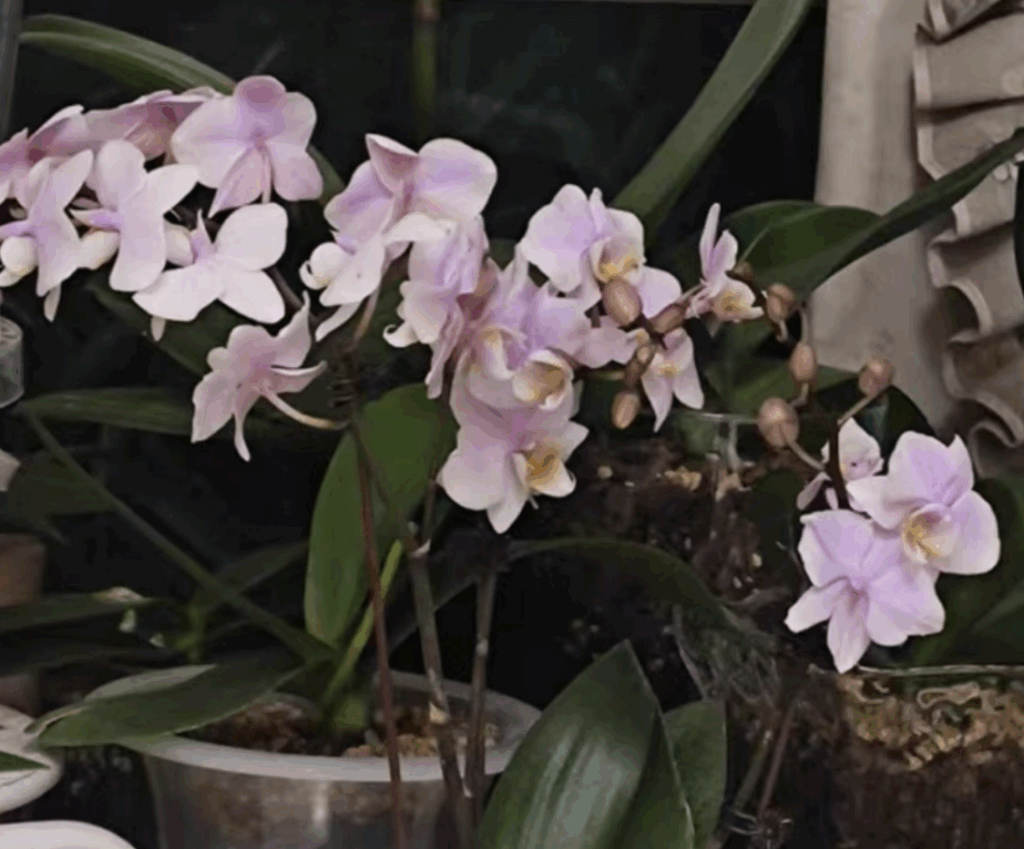
Firstly, after the flowers fade, you can cover the pot with a plastic film. The benefit of this is that it provides a warm and humid environment for the plant, which helps stimulate root and new flower bud formation. Additionally, the film can effectively reduce water evaporation, keeping the roots moist and creating the ideal environment for Phalaenopsis orchids to thrive.
Next, it’s important to control watering and stop fertilizing. After the flowers fade, the orchid enters a semi-dormant state. During this time, you should control watering to avoid root damage from over-watering. It’s generally recommended to water once a week, keeping the soil slightly moist but not allowing it to dry out completely. Also, stop fertilizing at this time, as excessive nutrients can stimulate the soil, preventing the normal growth of flower buds. The orchid should be placed in a location with ample indirect sunlight after the flowers fade. Avoid direct, strong sunlight to prevent leaf burn. The light intensity should be soft, as this will aid in the formation of new flower buds.
Finally, regularly check the condition of the Phalaenopsis orchid and the growth of the roots. If you notice any issues with the leaves or flowers, make adjustments promptly. Many flower lovers are reluctant to remove faded flowers or yellow leaves after blooming, but this can harm the plant’s healthy growth. Old flowers or wilted leaves will absorb nutrients, preventing the plant from growing new flower buds.
In conclusion, whether it's during the flowering period or after the flowers fade, it's essential to manage the correct lighting, temperature, humidity, watering, and fertilizing. By following these tips, your Phalaenopsis orchid will quickly recover and enter a new cycle of growth and blooming.

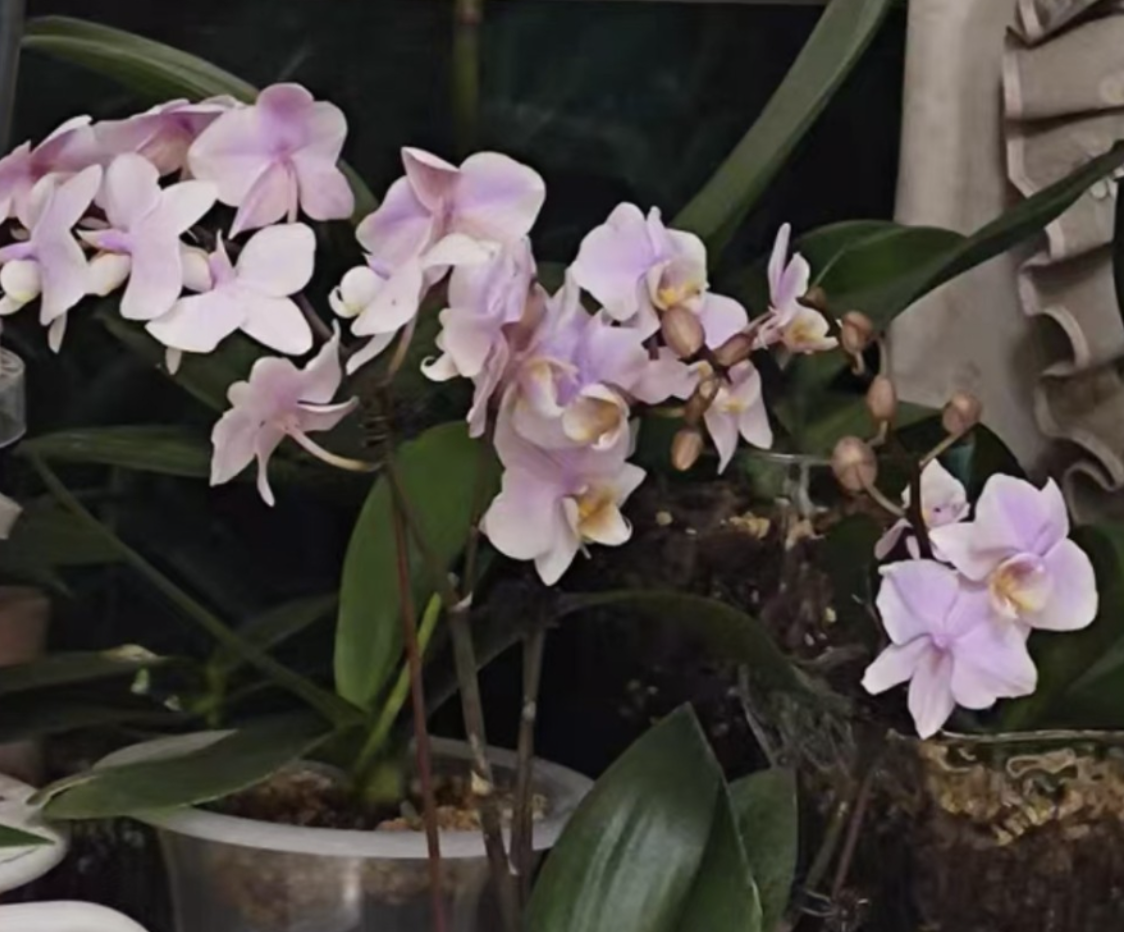
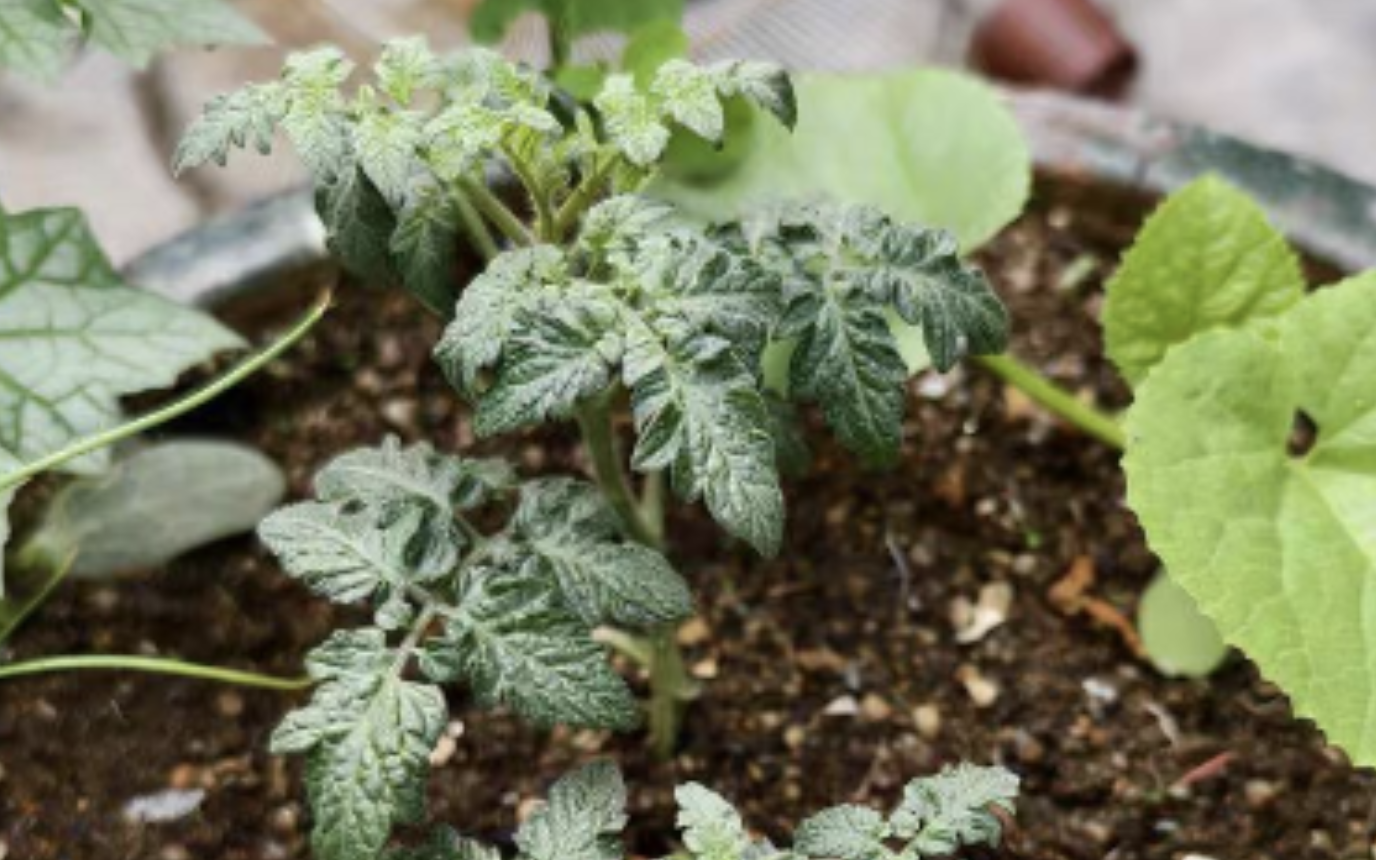
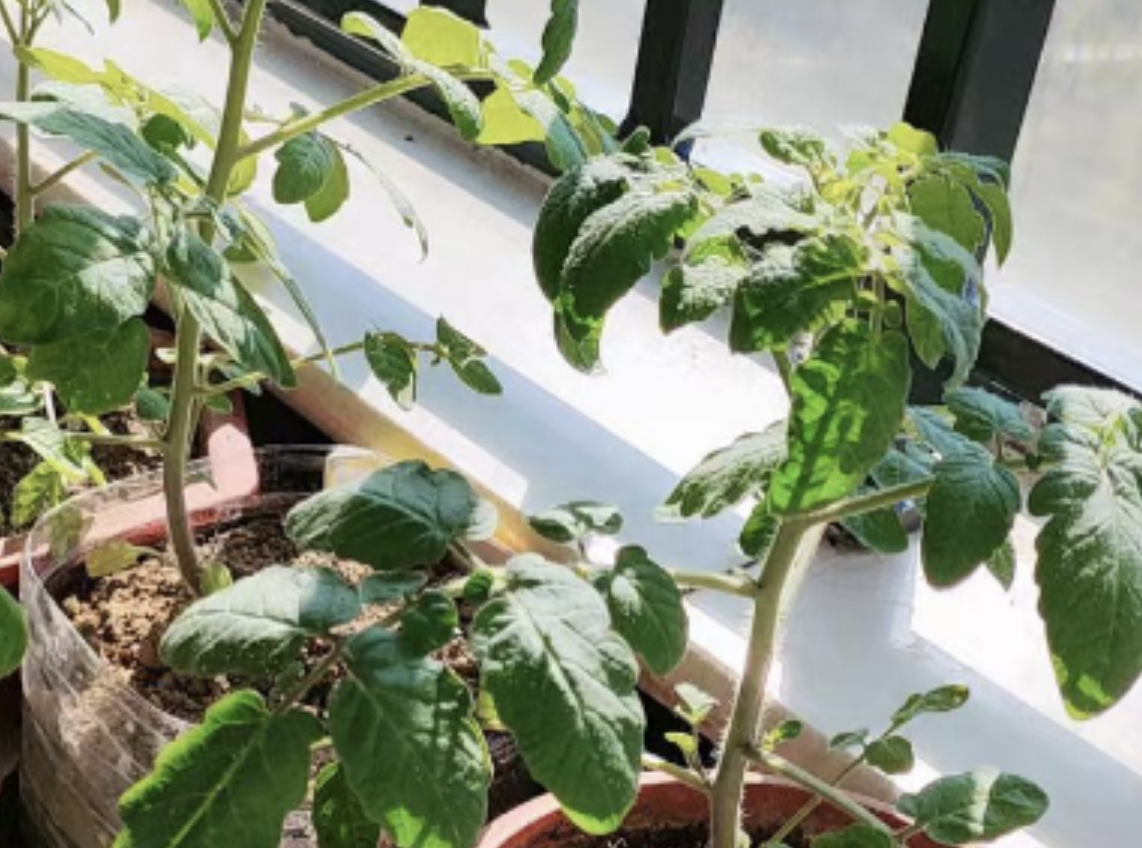
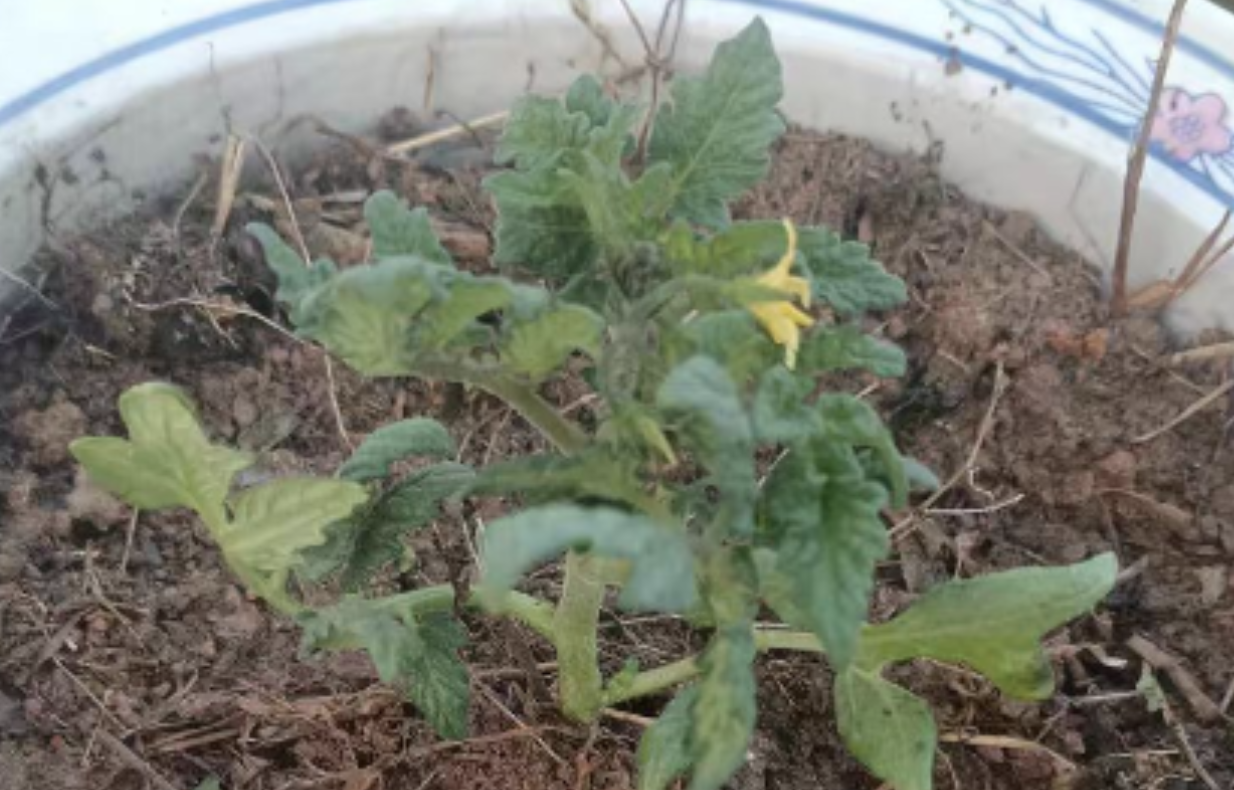
Leave a Reply